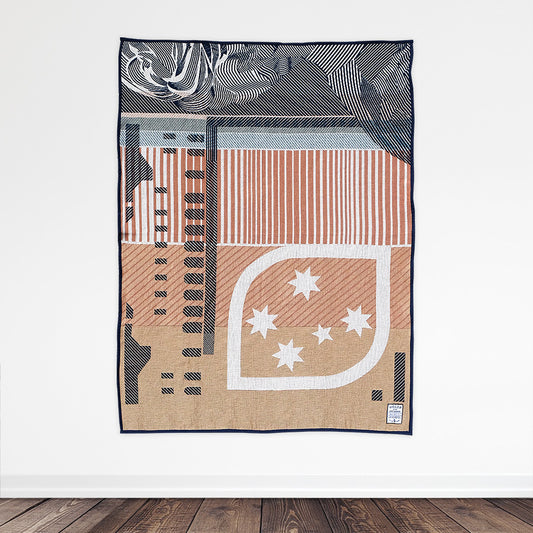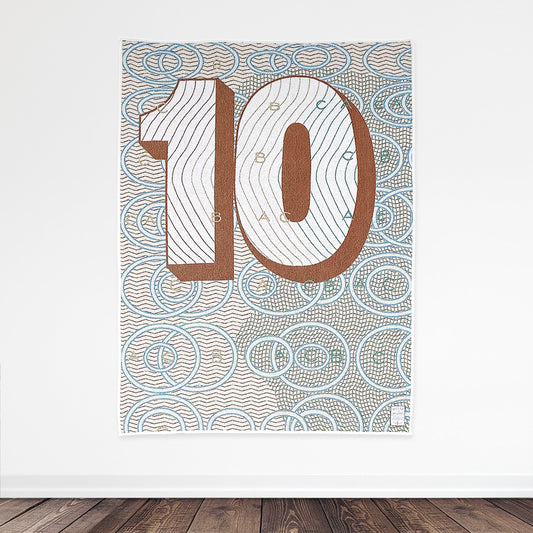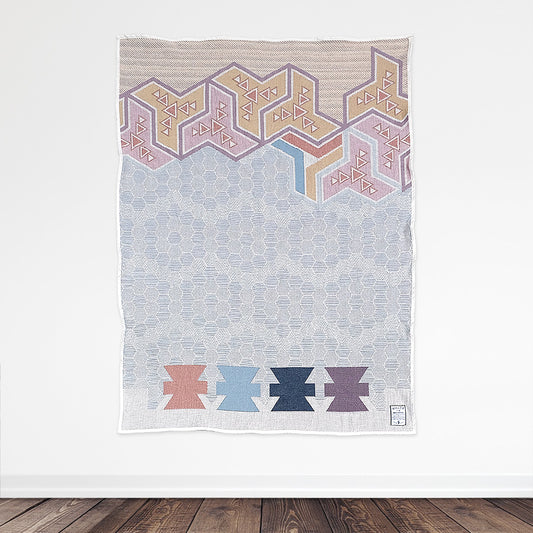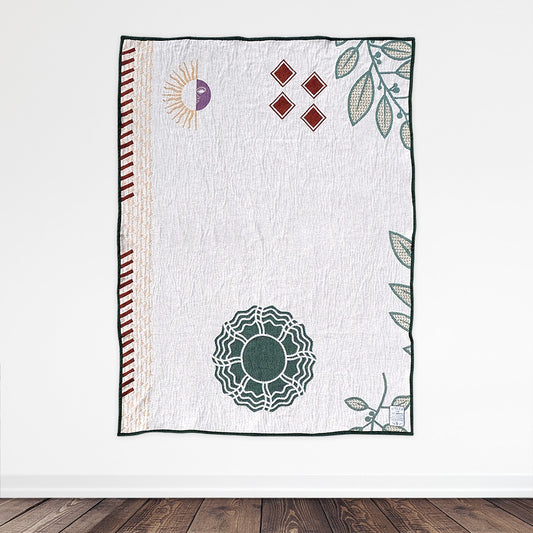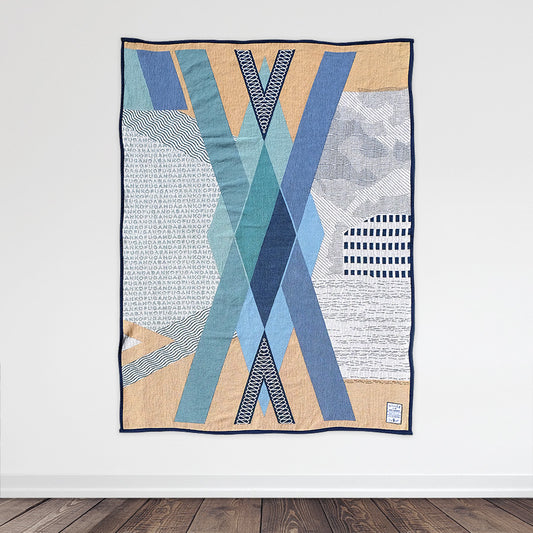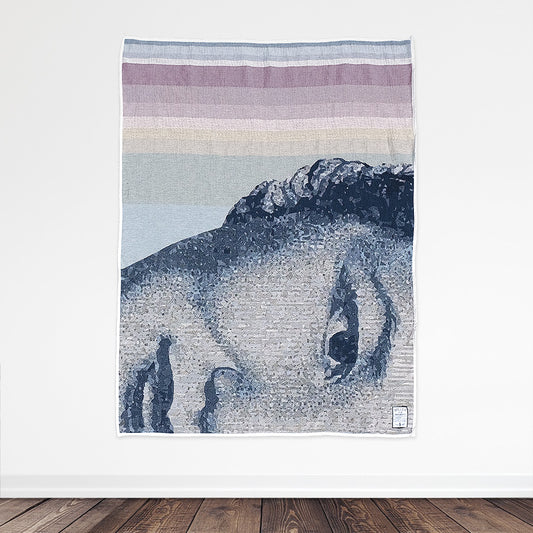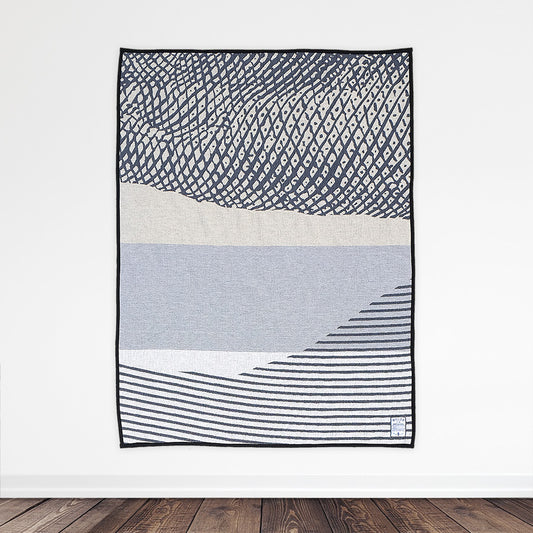Collection: Currency Blankets: Textiles as Money
Currency is one way a nation tells itself about itself. Most currencies are only used within a single nation's borders, and their banknotes often present a narrative—this is who we are, this is who we were, this is what we value—that only citizens of that land, or those well versed in its customs and history, could translate.

For thousands of years, textiles were so important to survival that they functioned as a form of currency. In Mesoamerica, the Zapotecs paid tribute in woven rugs to the ruling Aztecs; in North America, the Navajos transacted in Pendleton blankets with European settlers; in West Africa, the Wolof in Gambia used “cloth money” in standardized strips that could be torn to make change; in medieval Iceland, a woolen fabric called wadmal (Old Norse for "legal cloth") was the official currency for over 600 years. Even the Silk Road, civilization's first global trade network, was named after the route's dominant form of currency.
Today's fiat currencies are purely conceptual—a penny costs more to produce than it’s worth—and banknotes lack a functional purpose beyond fitting into a pocket. Add to this their ubiquity and the necessity of concealment, and it's easy to overlook the beauty of their counterfeit-foiling complexity.
With our currency blankets we have focused on specific design elements of our favorite banknotes from around the world, giving them new life in an ancient form.
-
AU Dollar Blanket
Regular price $189.00 USDRegular priceUnit price / per -
Franc Blanket
Regular price $189.00 USDRegular priceUnit price / per -
HK Dollar Blanket
Regular price $189.00 USDRegular priceUnit price / per -
Lei Blanket
Regular price $189.00 USDRegular priceUnit price / per -
Leone Blanket
Regular price $189.00 USDRegular priceUnit price / per -
Peso Blanket
Regular price $189.00 USDRegular priceUnit price / per -
Shilling Blanket
Regular price $189.00 USDRegular priceUnit price / per -
Som Blanket
Regular price $189.00 USDRegular priceUnit price / per -
US Dollar Blanket
Regular price $189.00 USDRegular priceUnit price / per
